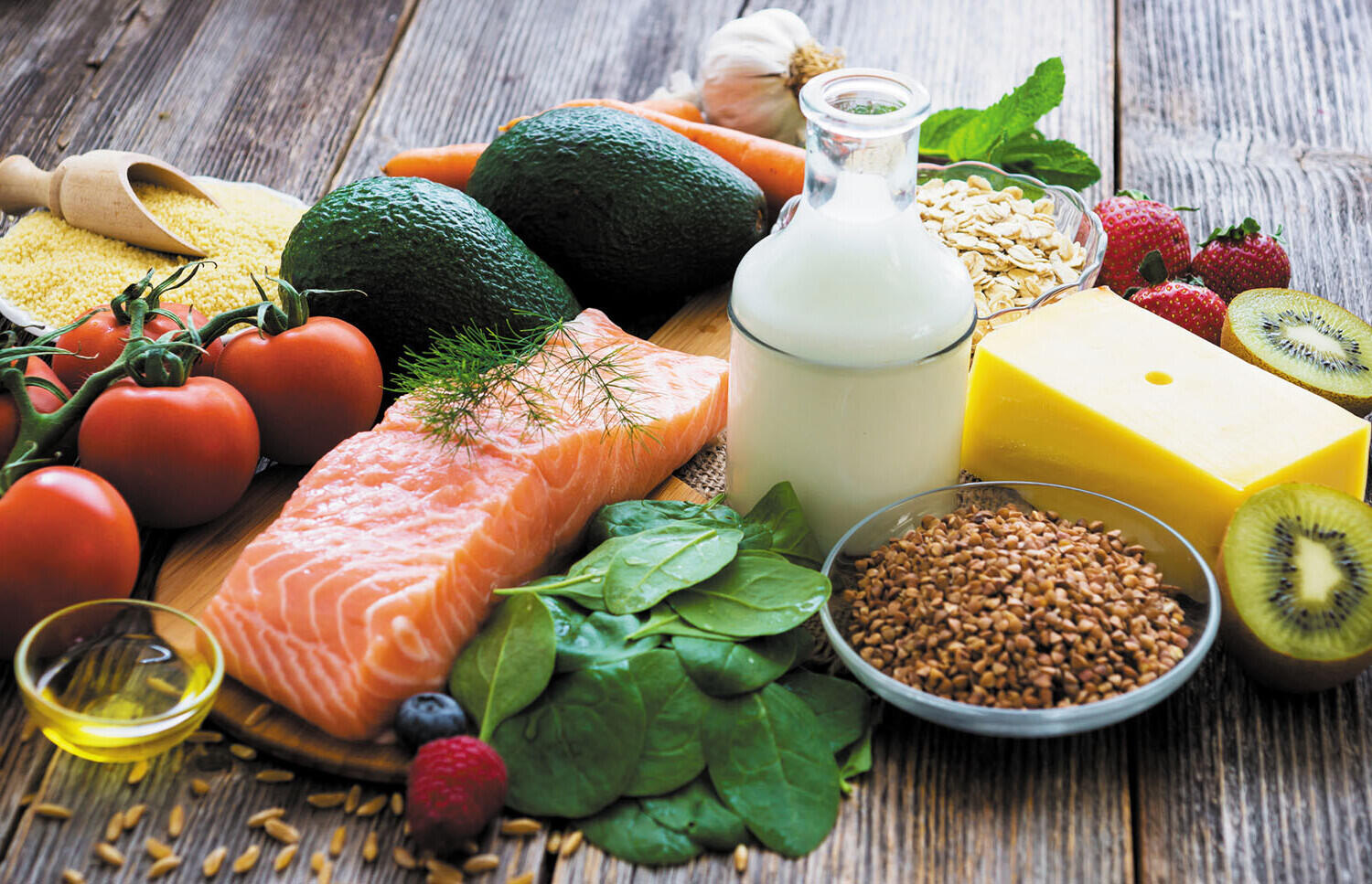
Ever wondered how different foods affect your blood sugar levels? The Glycemic Index (GI) is a helpful tool that ranks foods based on how quickly they raise blood glucose. Understanding the GI can be crucial for managing diabetes, maintaining energy levels, or simply making healthier food choices. Foods with a high GI cause rapid spikes in blood sugar, while those with a low GI provide a slower, more sustained release of energy. This blog post will dive into 27 fascinating facts about the Glycemic Index, shedding light on its importance, how it works, and why you should care. Get ready to transform your eating habits and boost your health!
What is the Glycemic Index?
The Glycemic Index (GI) measures how quickly foods raise blood sugar levels. It's crucial for managing diabetes, weight, and overall health. Here are some fascinating facts about the Glycemic Index.
-
The Glycemic Index ranks foods on a scale from 0 to 100 based on how quickly they raise blood sugar levels.
-
Foods with a high GI (70 or above) cause a rapid spike in blood sugar, while low GI foods (55 or below) result in a slower, more gradual increase.
-
Medium GI foods fall between 56 and 69 on the scale.
Why Glycemic Index Matters
Understanding the GI of foods can help manage blood sugar levels, which is vital for people with diabetes and those looking to maintain a healthy diet.
-
Low GI foods can help control appetite and delay hunger, making them beneficial for weight management.
-
High GI foods can lead to energy crashes, causing fatigue and irritability.
-
Consuming low GI foods can reduce the risk of developing type 2 diabetes.
Factors Affecting Glycemic Index
Several factors influence a food's GI, including its composition and preparation methods.
-
The ripeness of fruits can affect their GI; riper fruits generally have a higher GI.
-
Cooking methods like boiling or baking can alter a food's GI. For example, boiled potatoes have a lower GI than baked potatoes.
-
The presence of fiber in foods can lower their GI by slowing down digestion.
Glycemic Index and Common Foods
Different foods have varying GI values, which can impact your diet choices.
-
White bread has a high GI, often around 75.
-
Brown rice has a medium GI, typically around 68.
-
Lentils have a low GI, usually around 32.
Benefits of Low Glycemic Index Foods
Low GI foods offer numerous health benefits beyond blood sugar control.
-
They can improve cholesterol levels, reducing the risk of heart disease.
-
Low GI diets can enhance physical endurance by providing a steady energy supply.
-
These foods can also improve mood and cognitive function by stabilizing blood sugar levels.
Misconceptions About Glycemic Index
There are several myths surrounding the Glycemic Index that need clarification.
-
A common misconception is that all sugary foods have a high GI. For example, fructose has a low GI.
-
Another myth is that low GI foods are always healthier. Some low GI foods can be high in fats and calories.
-
People often think that the GI of a food remains constant, but it can vary based on preparation and combination with other foods.
Glycemic Index vs. Glycemic Load
Understanding the difference between GI and Glycemic Load (GL) is essential for a balanced diet.
-
Glycemic Load considers both the GI and the carbohydrate content of a food, providing a more comprehensive view of its impact on blood sugar.
-
Low GL foods have a value of 10 or less, while high GL foods have a value of 20 or more.
-
A food can have a high GI but a low GL if it contains few carbohydrates, like watermelon.
Practical Tips for Using Glycemic Index
Incorporating GI knowledge into daily life can be straightforward with some practical tips.
-
Combine high GI foods with low GI foods to balance blood sugar levels.
-
Opt for whole grains over refined grains to lower the GI of your meals.
-
Include protein and healthy fats in meals to reduce the overall GI.
Glycemic Index and Exercise
GI can play a role in athletic performance and recovery.
Understanding Glycemic Index
Knowing the glycemic index of foods can help you make smarter dietary choices. Foods with a low glycemic index release glucose slowly, providing steady energy levels. High glycemic index foods, on the other hand, cause rapid spikes in blood sugar, which can lead to energy crashes and hunger pangs.
Balancing your diet with low and high glycemic index foods can help maintain stable blood sugar levels. This is especially important for people with diabetes or those looking to manage their weight. Including more low glycemic index foods like whole grains, legumes, and non-starchy vegetables can improve overall health.
Remember, the glycemic index is just one tool in managing your diet. Pairing it with other healthy eating habits ensures a well-rounded approach to nutrition. Keep these facts in mind next time you plan your meals, and you'll be on your way to a healthier lifestyle.
Was this page helpful?
Our commitment to delivering trustworthy and engaging content is at the heart of what we do. Each fact on our site is contributed by real users like you, bringing a wealth of diverse insights and information. To ensure the highest standards of accuracy and reliability, our dedicated editors meticulously review each submission. This process guarantees that the facts we share are not only fascinating but also credible. Trust in our commitment to quality and authenticity as you explore and learn with us.


